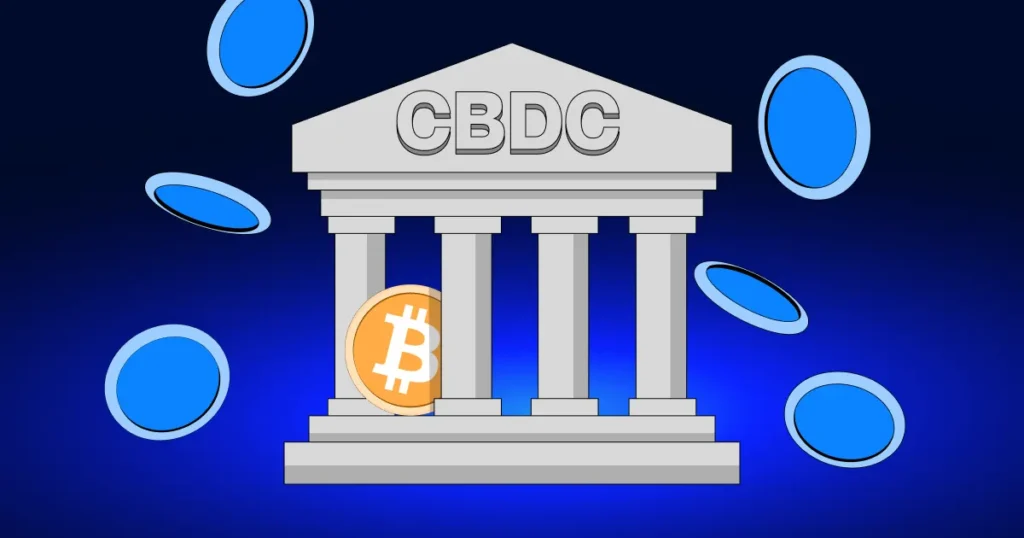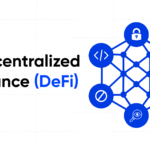In May 2025, the world of digital currencies is undergoing a major shift as Central Bank Digital Currencies (CBDCs) and stablecoins continue to gain global traction. With several nations launching pilot programs and private stablecoin ecosystems expanding rapidly, it’s crucial to understand the key differences, current trends, and where things are heading.
This article breaks down CBDCs vs Stablecoins, highlights the top developments in May 2025, and explains what it means for crypto users, governments, and investors.
📌 Table of Contents
- What Are CBDCs?
- What Are Stablecoins?
- Key Differences Between CBDCs and Stablecoins
- What’s New in May 2025?
- Top Countries Advancing CBDC Projects
- Stablecoins Making Headlines in 2025
- CBDCs vs Stablecoins: Pros & Cons
- Impacts on Crypto, Banking, and Privacy
- Future Outlook – Can They Coexist?
- FAQs
💡 1. What Are CBDCs?
CBDCs (Central Bank Digital Currencies) are government-issued digital currencies that are fully regulated and backed by central banks.
🏦 Example: Digital Yuan (China), Digital Euro (EU), FedNow Coin (speculative U.S. CBDC in pilot)
Unlike Bitcoin or Ethereum, CBDCs are not decentralized—they are digital versions of national currencies and offer complete traceability.
💰 2. What Are Stablecoins?
Stablecoins are privately issued cryptocurrencies that are pegged to stable assets like the U.S. Dollar, Euro, or gold. They aim to reduce volatility and are widely used in DeFi and cross-border payments.
🪙 Examples:
- USDT (Tether)
- USDC (Circle)
- DAI (MakerDAO – decentralized)
⚖️ 3. Key Differences: CBDCs vs Stablecoins
| Feature | CBDCs | Stablecoins |
|---|---|---|
| Issuer | Central banks | Private companies or DAOs |
| Regulation | Fully regulated | Varies – some under scrutiny |
| Decentralization | Centralized | Can be decentralized (e.g., DAI) |
| Use Case | Public infrastructure, banking | Trading, DeFi, remittances |
| Privacy | Limited | Varies – some offer privacy features |
| Accessibility | National scope | Global (but can be restricted) |
🗞️ 4. What’s New in May 2025?
May 2025 is a hot month for digital currencies. Here are the latest updates:
- 🇪🇺 European Union launches Digital Euro pilot in five countries with integrated wallet systems.
- 🇨🇳 China expands Digital Yuan usage to international tourists in key cities.
- 🇺🇸 The U.S. Fed continues its CBDC pilot (tentatively called FedNow Coin) for wholesale banking.
- 💵 Tether (USDT) expands to Layer 2 chains like Arbitrum and Base for faster, cheaper transactions.
- 💳 Visa and Mastercard pilot USDC payments for global merchants.
- 🌐 DeFi platforms like Aave and Compound now support multiple stablecoin-backed lending pools.

🌍 5. Top Countries Advancing CBDC Projects
| Country | CBDC Status | Highlights |
|---|---|---|
| China | Advanced | Digital Yuan widely adopted in public transit and retail |
| EU | Pilot | Digital Euro test wallets active in Germany, France, Italy |
| USA | Pilot | Focus on interbank settlements and digital identity |
| India | Launch Phase | Digital Rupee used in government subsidies |
| Nigeria | Live | eNaira being integrated into mobile wallets |
| Pakistan | Research Phase | SBP exploring CBDC via sandbox frameworks |
🏆 6. Stablecoins Making Headlines in 2025
- USDC partners with PayPal and Stripe for instant settlements
- DAI reaches new highs in adoption due to decentralized governance appeal
- Tether (USDT) now supports over 15 blockchains, making it the most versatile stablecoin
- EU-regulated stablecoins like EUROC and XSGD gain market share
✅ 7. Pros and Cons: CBDCs vs Stablecoins
CBDCs Pros
- Legal and state-backed
- Can improve monetary policy
- Reduces reliance on cash
CBDCs Cons
- Privacy concerns
- Risk of financial surveillance
- Centralized control
Stablecoins Pros
- Flexible and global
- DeFi-friendly
- Transparent reserves (in some cases)
Stablecoins Cons
- Regulatory scrutiny
- Trust depends on issuer
- Vulnerable to depegging (e.g., UST crash in 2022)
🧩 8. Impacts on Crypto, Banking & Privacy
- Crypto Markets: CBDCs bring legitimacy, but may compete with decentralized finance.
- Banking: CBDCs may disintermediate traditional banks by allowing direct accounts with central banks.
- Privacy: CBDCs could give governments unprecedented access to personal financial data; stablecoins (especially decentralized ones) may offer more anonymity.
🔮 9. What’s Next? Can CBDCs and Stablecoins Coexist?
Absolutely—both can serve different roles:
- CBDCs may dominate in domestic, government-led digital finance (e.g., subsidies, tax refunds)
- Stablecoins will likely continue to dominate DeFi, cross-border payments, and remittances, especially in emerging markets
🤝 Expect hybrid models like regulated stablecoins issued with central bank backing to emerge.
🙋♀️ 10. FAQs: CBDCs vs Stablecoins (May 2025)
Q1. Can I use both CBDCs and stablecoins?
Yes. Many users may use CBDCs for official payments and stablecoins for DeFi or freelancing.
Q2. Are stablecoins safer than CBDCs?
Stablecoins offer more freedom, but their safety depends on the issuer. CBDCs are state-backed.
Q3. Which countries allow stablecoin usage?
Most do. But countries like China may restrict stablecoins in favor of CBDCs.
Q4. Will CBDCs replace crypto?
Not likely. CBDCs and decentralized crypto (like BTC, ETH) serve different purposes.
Q5. Is Pakistan launching a CBDC?
Pakistan’s central bank is researching CBDCs with pilot programs expected in the next 1–2 years.
📌 Final Thoughts: CBDCs vs Stablecoins in 2025
As of May 2025, the battle—and balance—between CBDCs and stablecoins is shaping the future of money. Governments are digitizing fiat while crypto-native systems continue innovating. Whether you’re a trader, investor, or just curious about digital finance, understanding both is crucial for staying ahead in this fast-moving world.






